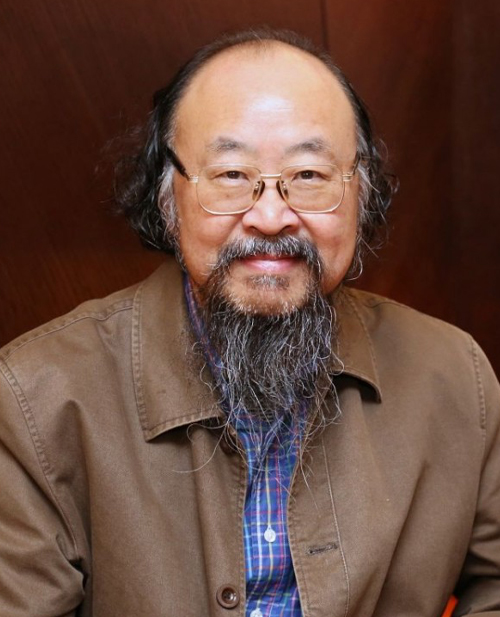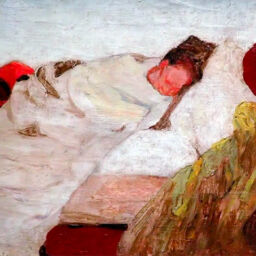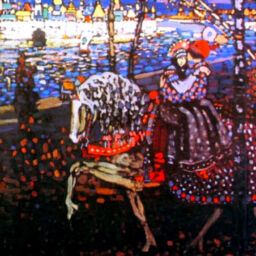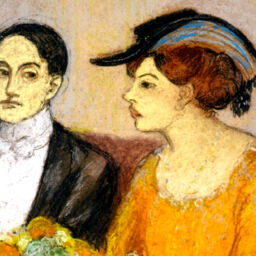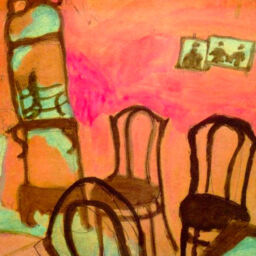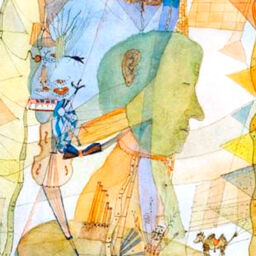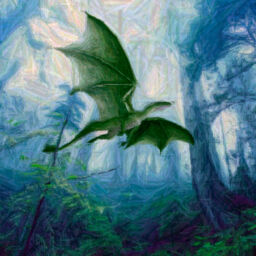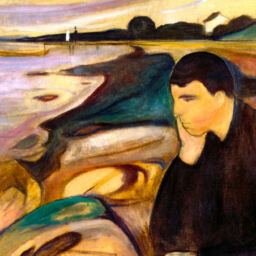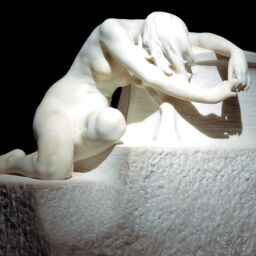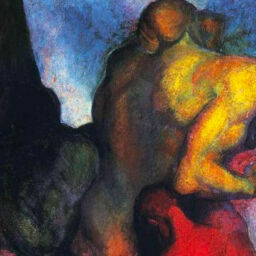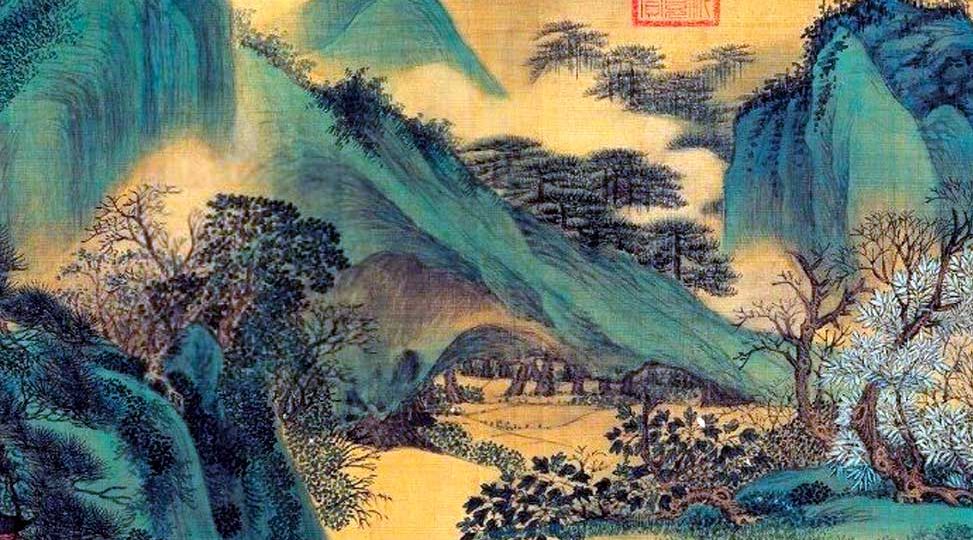
Shadow and Individuation in China
Dialogues with John Beebe
Yin Fang , Yu Meng and Heyong Shen , June 5, 2013
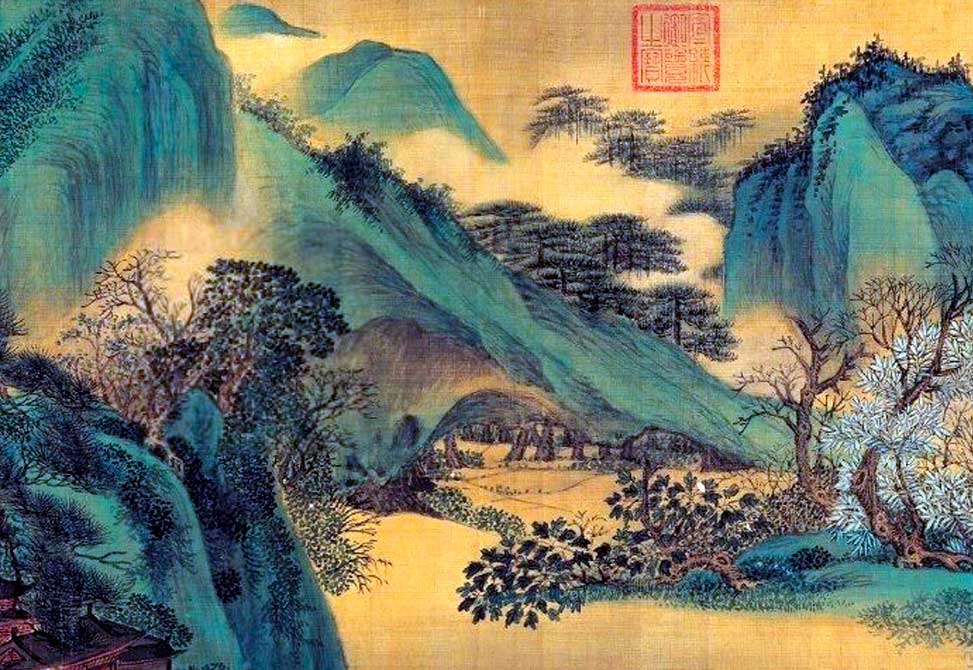
Beebe has observed that, “China may be the most appropriate country for the development of Analytical Psychology.” The growth and flourishing of Analytical Psychology in China has confirmed this. Partly because analytical psychology has historically learned from Chinese wisdom and philosophy, especially Taoism, analytical psychology has developed well in China since the 1990s. So far, in total, five international conferences of analytical psychology and Chinese culture have been held, sponsored by the International Association for Analytical Psychology and the Chinese Federation for Analytical Psychology: (1) On December 16-20, 1998, at South China Normal University, Guangzhou, on “Psyche: Analysis and Experience;” (2) in Guangzhou, in 2002, on “Psyche: Image and Synchronicity;” (3) in 2006, at the conference center of Tian Lu Lake, Guangzhou, on “Psyche: Ethics and Wisdom;” (4) On April 7-12, 2009, at FuDan University in Shanghai on “Image in Analytical Psychology: the Transformation of Active Imagination in Culture and Psychotherapy;” and (5) on June 6-12, 2012, at Macao University, on “Dreams, the Symbolic Language of the Psyche, Nature and Culture.”
The following is drawn largely from a 2005 interview with Dr. Beebe on listening to the Shadow rather than being ashamed of or hiding it. Beebe has written that, “Integrity is found not only in the courage to stand up to shadow, but in the emotions of uncertainty which force one to admit there is a problem in the first place” (Integrity in Depth, 1992, p. 35). We may deny what we did wrong, or become angry and easily irritated, but we are also trying to attain a feeling of moral relief. “Jung called this process facing and integrating the shadow. It has become … an everyday part of decision-making in many of our lives … Only then do we feel secure in figuring out what we must do”(p. 33).
As Beebe puts it, “A proper starting point for the discovery of integrity is the experience of anxiety” (p. 33). After we have acted, we self-examine what has happened and contemplate the results of our actions. Then, we may find out that what had happened is not what we intended. This may be the cause of our anxiety. For the purpose of recovering from the uneasiness, we can only try to figure out what we must do to make the situation right again. Integrity is found not only in the courage to stand up to the Shadow, but also in the emotions of uncertainty which force one to admit there is a problem in the first place. Shadow is like the darkness, and the attitude of facing and integrating the Shadow is like shining a candle, leading us out of the darkness and toward individuation.


By the same token, Beebe observes that, if Ni is really the superior function of historical Chinese culture, then Ne which envisions future developments and opportunities would carry the energy of the Opposing Personality archetype. Every country wants to develop, but if the focus is only on development and not on the meaning of our lives and of the big changes we are experiencing, then this narrow focus could lead Chinese culture away from its natural strength. Beebe believes that the bad ending of the Boxer Rebellion activated the inferior function of Se in Chinese culture, so that China has wanted to show the world that it can be more prosperous than the West and can do without its intervention. Therefore, as Beebe puts it, the country is trying harder to demonstrate the most economic progress—an overcompensation of an extraverted sensation (Se) kind, with perhaps some Ne as well, that has been obviously successful.
Such an over-compensation should not go on indefinitely. America, he points out, has likewise become too enthralled with an Se function that is not entirely natural to its culture. China has emphasized Se and Ne, leaving itself at present with a relatively weak Ni, even though Ni is China’s natural superior function and its historical birthright. A strong Ni, for example was the consciousness that gave birth to the three great Chinese religions: Confucianism, Taoism, and Buddhism, all of which anticipated Jung’s notion of the Self. That superior Ni may benefit today from the strengthening of Jungian analysis. At least, Jungian Ni would be naturally healing whenever applied, because it would restore a natural strength. Beebe mentions with compassion that it was the invasion of China by western countries in the 19th century and by Japan in the 20th that produced a certain shame in China’s Anima, the site of the inferiority complex, in which the inferior function tried to overcompensate for the failure of Chinese Ni to prevail. That is also to say that when the crisis is over and the overcompensation has worked, it’s important to go back to the superior function, Ni for China, and not continue to neglect it. In Beebe’s opinion, China’s auxiliary function, extraverted feeling (Fe), is currently its greatest natural psychological asset, since a strong country will stay strong if it uses its natural superior and auxiliary functions.
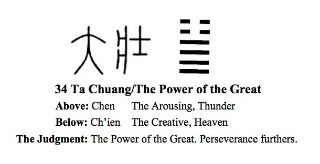
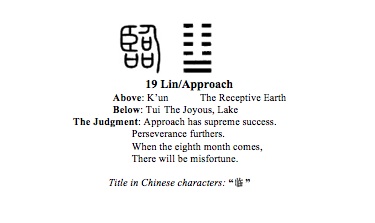
Beebe also compares the union of superior and inferior functions to the marriage of a couple. The Anima develops because the ego is humble, but the Anima also has a humble husband who keeps her from getting inflated. Neither ego (superior function) nor Anima (inferior function) is inflated, and neither is ashamed or weak.

Several initiatives have been launched in China that show evidence of re-integrating superior Ni with inferior Se. The “Garden of the Heart-Soul,” founded by Professor Shen Heyong, is a public welfare program, started in the Welfare Center for Children, in Guangzhou in 2007. It aims to help the one million orphans in China, many of whom are physically handicapped (Cheng H. Chen, He Y. Shen, 2010). So far, with the assistance of the Chinese Federation for Analytical Psychology, more than 50 “Garden of the Heart-Soul” stations have been established in most areas of China. More than a thousand volunteers have participated in this project. As Beebe says, maybe now China feels the need to compensate for the way others can take advantage of an INFJ, and so China may be using its inferior function, Se, in a way that ignores the values of its inner spirit. However, the “Garden of the Heart-Soul” mainly focuses on nourishing and developing the heart, not the mind. Its participants believe in the psychology of the heart and the heart of psychology. The methodology of the “Heart” explores the inner world and nourishes the heart. Perhaps the “Garden of the Heart-Soul” can compensate for the weaker superior function of China by developing the auxiliary function, Fe, to assume greater social responsibility.
Love is the most important principle for the work; through love, the Garden’s team intends to gain a better understanding of others and arouse the potential power of transformation in children’s hearts. This may be the way of individuation for the Chinese, the way to integrate the shadow of China’s cultural psyche, with the aid of analytical psychology (Shen, 2001).

Women, perhaps because they carry the possibility of giving birth, can be the special containers, on the side of “陰”, providing nourishment to the psyches of others; in other words, they can be mothers not only physically, but also spiritually. So the growing power of women in China is also an advantage for the development of analytical psychology in China. Correspondingly, we can see the development of the “Garden of the Heart-Soul” itself as the female container, offering nourishment and care for children in need of special healing care. For China, the auxiliary function Fe and Anima Se can co-nurture Chinese people together, raising them up.
Acknowledgment
We wish to express our gratitude to John Beebe and Adam Frey for their help with this article, and for allowing us to present Dr. Beebe’s views. We are deeply appreciative of what they have done for us. Their work has made a marvelous contribution to the growth of analytical psychology in China.
References
Cai C., Shen H. (2010). “Garden of the Heart-Soul” in the earthquake area of China: Creativity and transformation. Jung Journal: Culture & Psyche 4:2 / Spring, 5-15.
Beebe, J. (1992). Integrity in depth. College Station, TX: Texas A&M University Press.
Beebe, J. (Summer, 2005). Evolving the eight-function model. Typeface, 16:2.
Beebe, J. (October, 2007). Type and archetype Part 1: the Spine and its shadow. Australian Psychological Type Review, 9:2, 11-20
Wilhelm, R., Ed. (1950). I Ching (C. F. Baynes, Trans.). New York, NY: Bollingen Foundation.
Shen H. (2001). Psychology of the heart & the heart of psychology. Beijing: People Press.
Header Image
Wu Li, “Green Mountains White Clouds” (1668)




